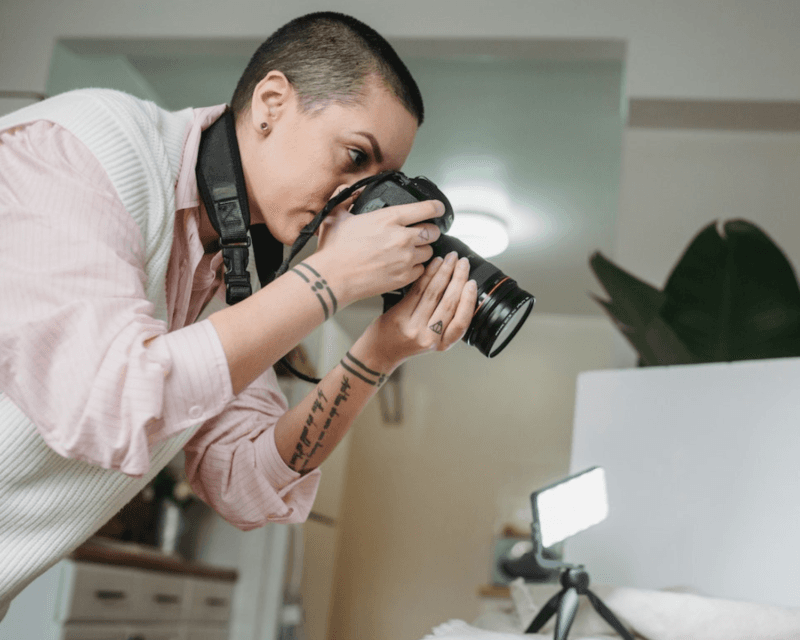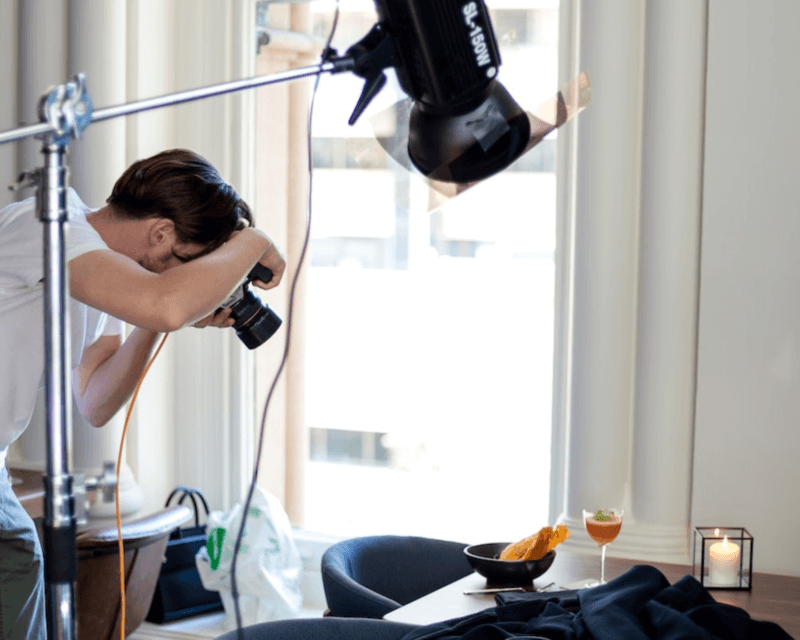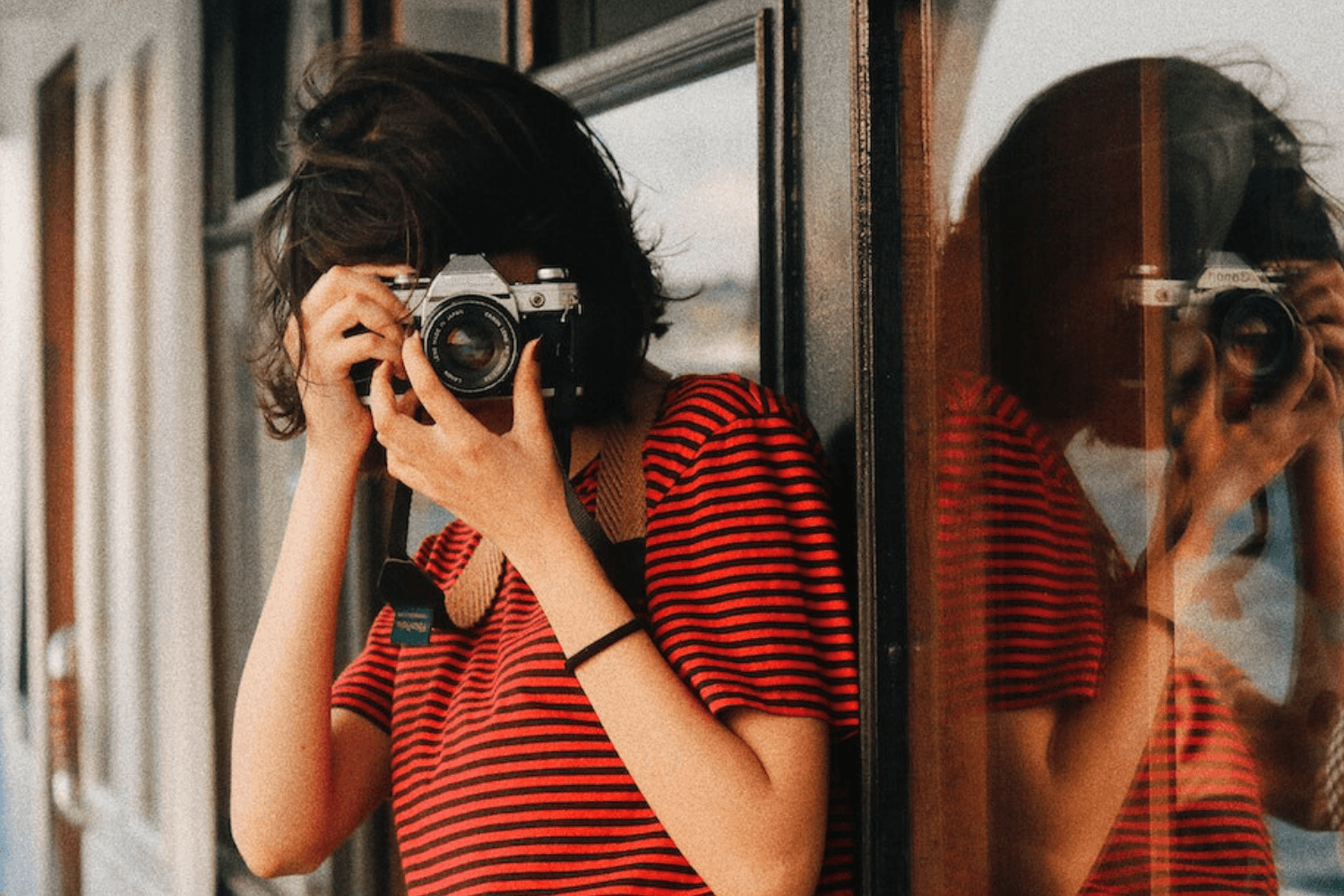Exclusive Photo Editing Tips: The Key to Creating a Striking Portfolio
Yvan Cohen
Mon Feb 06 2023

By Yvan Cohen
It may sound a little strange to say, but a large part of the skill involved in being a great photographer actually happens after you press the shutter. Sure, if you can’t compose or manage your camera then you’re never going to produce strong photographs.
But beyond that ‘decisive moment’ when you’ve framed your shot and your finger finally hits the shutter, there remains another process that is almost as decisive in determining how your work is perceived. That process is called ‘editing’.
What good photo editing looks like
Now I know some of you will be thinking that by editing I mean using tools like Photoshop and LightRoom to crop, tweak and adjust your work. But in this context, I mean the manual process of selecting your pictures (which you may then further refine, or process, using specialized software like Photoshop and LightRoom).
Knowing which pictures work, and which don’t, as well as how many to include in your portfolio, can be the difference between being perceived as a mediocre amateur and a polished looking pro.
I’m going to contradict my opening comments just a little by saying that in some ways the editing process starts while you are taking pictures. By choosing when to press the shutter, you are already editing images you record. In the days of celluloid, when a typical roll of 35mm film allowed for just 36 exposures, photographers were perhaps necessarily choosier about when they took a picture.
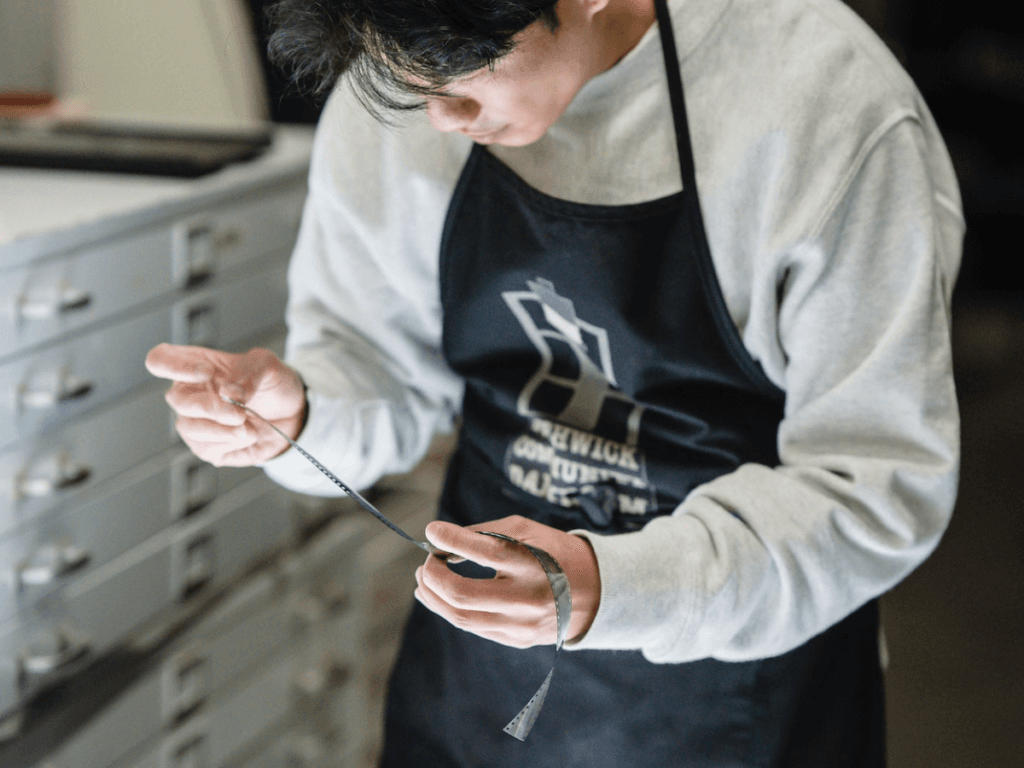 Photo by Annushka Ahuja
Photo by Annushka Ahuja
Edit in camera
In the digital era, however, with ultra-fast cards and buffering speeds, we can burst shoot seemingly endlessly. It can be tempting to shoot more rather than less – just in case that perfect shot may be hidden amidst the ‘tangled undergrowth’ of your pictures. If you take this approach, however, you’re probably relying more on luck than skill.
My first piece of advice, therefore, is to edit in camera. Use all your photographer senses to home in on the decisive moment you are looking for. In practical terms this means shooting as if limited to an imaginary roll of film. Editing in camera means knowing when to press the shutter and knowing when you have enough. Overshooting a subject suggests you lack confidence and judgement.
Be selective and engage with your subject
Going too far the other way can be a problem too. I’ve seen amateurs find a subject and then take just one or two pictures. Taking a great photograph is a process which involves interacting with your subject, it involves micro-adjustments of angle, light and framing, each of which can have a significant impact on how your picture looks.
There are so many moving parts involved in creating a strong image that you need to explore your subject, a process that will almost certainly involve taking more than one or two shots. Shoot plenty while remaining selective and engaged with your subject.
Now for the crunch editing moment.
“If in doubt, edit it out…”
You’ve finished your shoot; you’re reviewing your shots and lo and behold they all look great. Your photos are crisp and nicely exposed. It’s tempting to be generous with yourself and include lots of variations on a theme.
Or alternatively, you’re preparing a portfolio (perhaps for your portfolio website) and you feel like it makes more sense to show just that little bit more. “How do I know if they will like this image more than that one?”, you say to yourself. “Doesn’t it make more sense to just play it safe and include everything?”
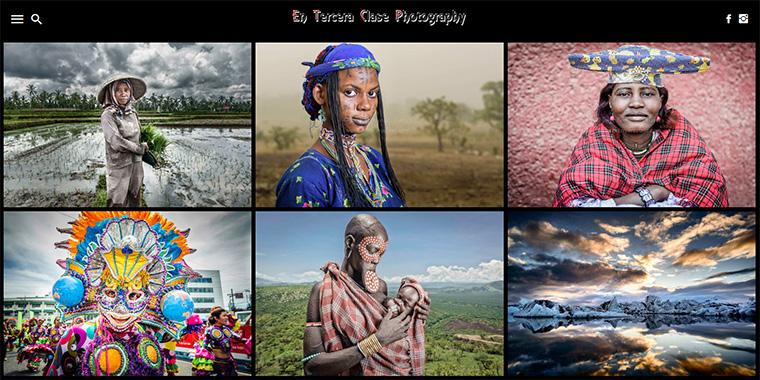 Spanish photographer, Jorge Fernandez has travelled to over 90 countries documenting everyday life of the people and their customs and cultural traditions.
Spanish photographer, Jorge Fernandez has travelled to over 90 countries documenting everyday life of the people and their customs and cultural traditions.
You know where this is heading. In both cases, the professional will edit and edit again, honing and refining their selection until it perfectly distills the message or impression they seek to convey. More is less. If in doubt edit it out.
For example, If you’ve done a great portrait shoot, you should consider spending almost as much time (probably more actually) sifting through the perhaps hundreds of various angles you shot, until you have perhaps 4 or 5 shots that capture the feeling you were looking for.
Sure, it’s ok to include some choice, editors and clients like that, but you risk diluting the impact of your own work by including too many variations and too much choice.
Photo editing for maximum impact
When you’re thinking about editing for your portfolio, you might take the World Press submission as a rule of thumb. For their story category they accept between 3 and 10 images. That means the essence of an entire story is being captured in just 3-10 images. Apply this same rigourous editing approach to your own portfolio and you will be sure to have an impactful selection.
Sure, you might exclude some strong work. But the point of strong editing is all about making sure that whatever does make your final edit is absolutely your best work, delivering maximum impact and providing the best possible showcase for your talent.
In many ways editing can be a counter intuitive process. For a lot of photographers it is one of the hardest things because it inevitably involves being your own harshest judge and even rejecting perfectly good images. All I can say is give it a try while erring on the side of severity. You’ll soon find yourself garnering admiration from clients and picture buyers alike.
Written by Yvan Cohen | Yvan has been a photojournalist for over 30 years. He’s a co-founder of LightRocket and continues to shoot photo and video projects around South East Asia.
Cover image by picjumbo.com
To read more helpful articles on photography, check out our blog page.
Join our growing photographer community at LightRocket and get powerful archive management and website building tools for free!
